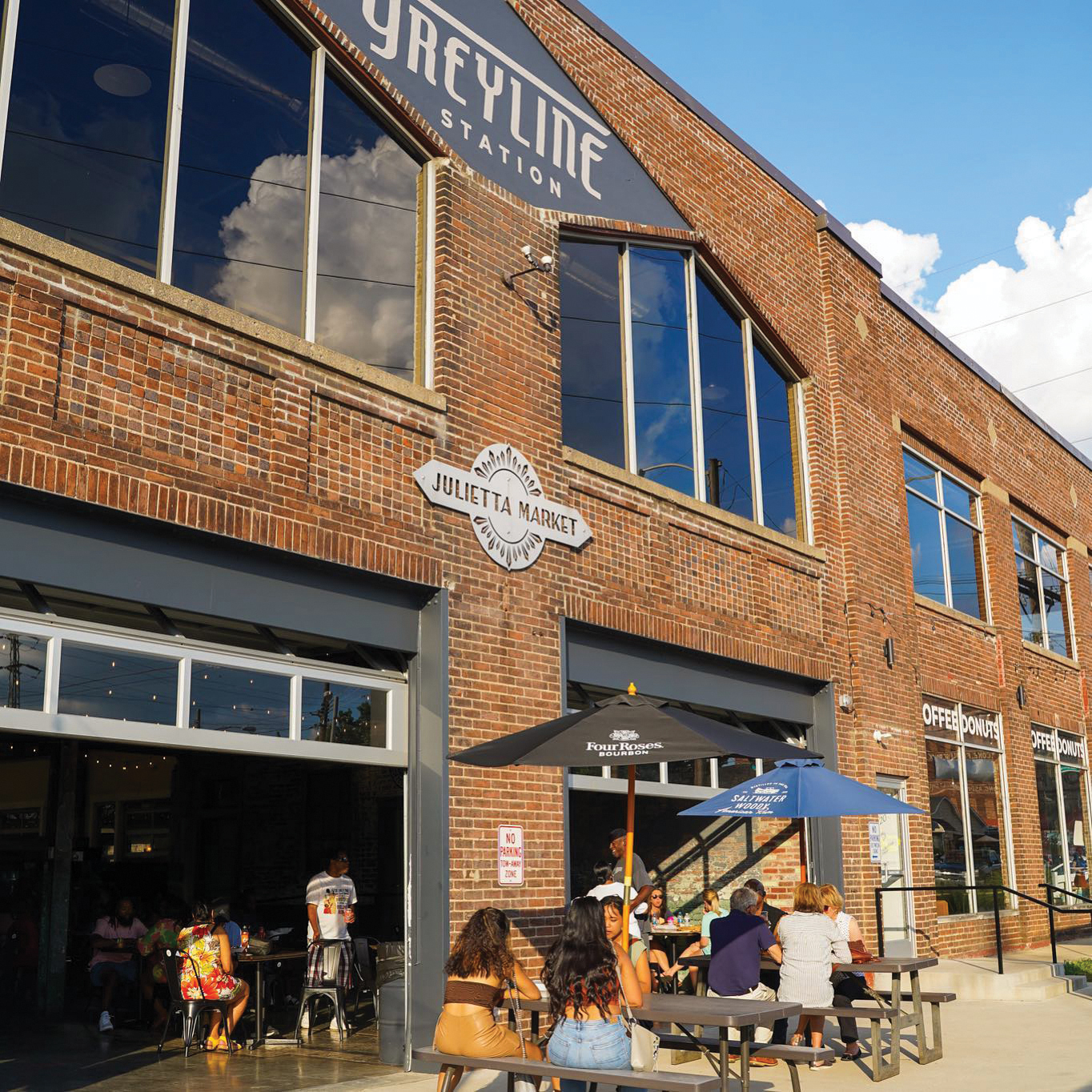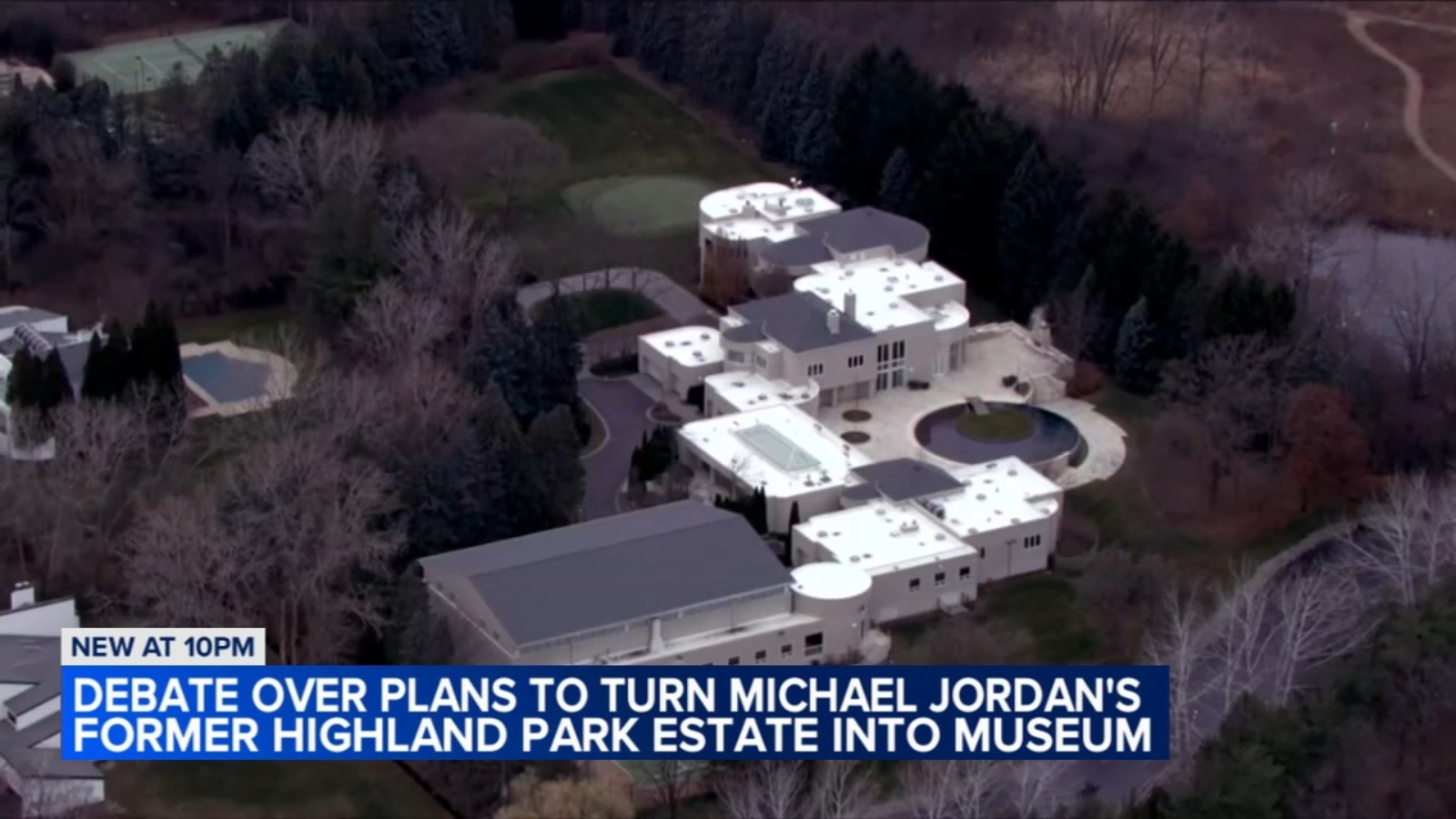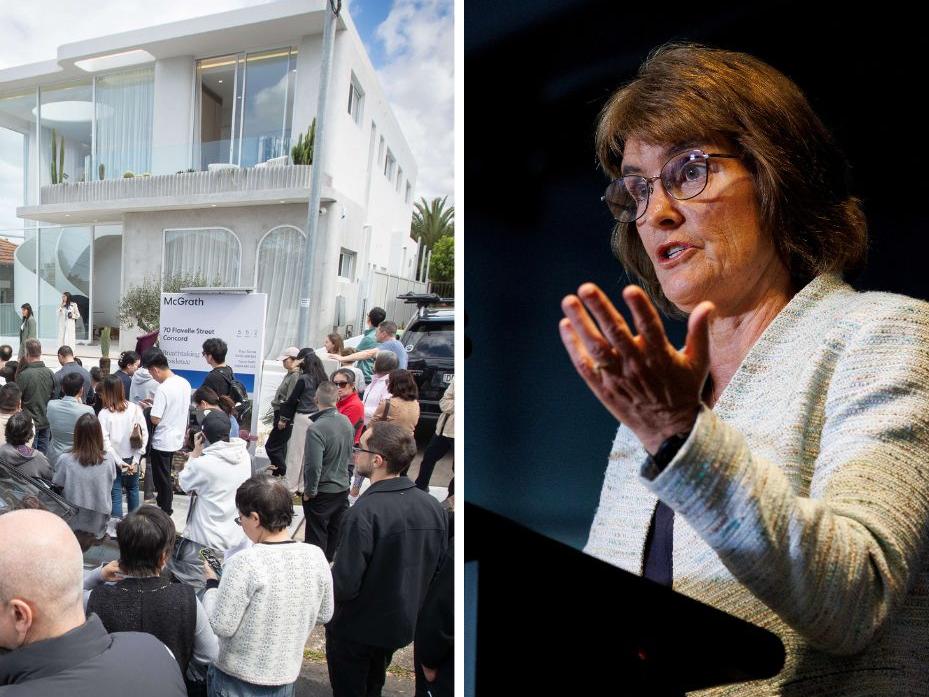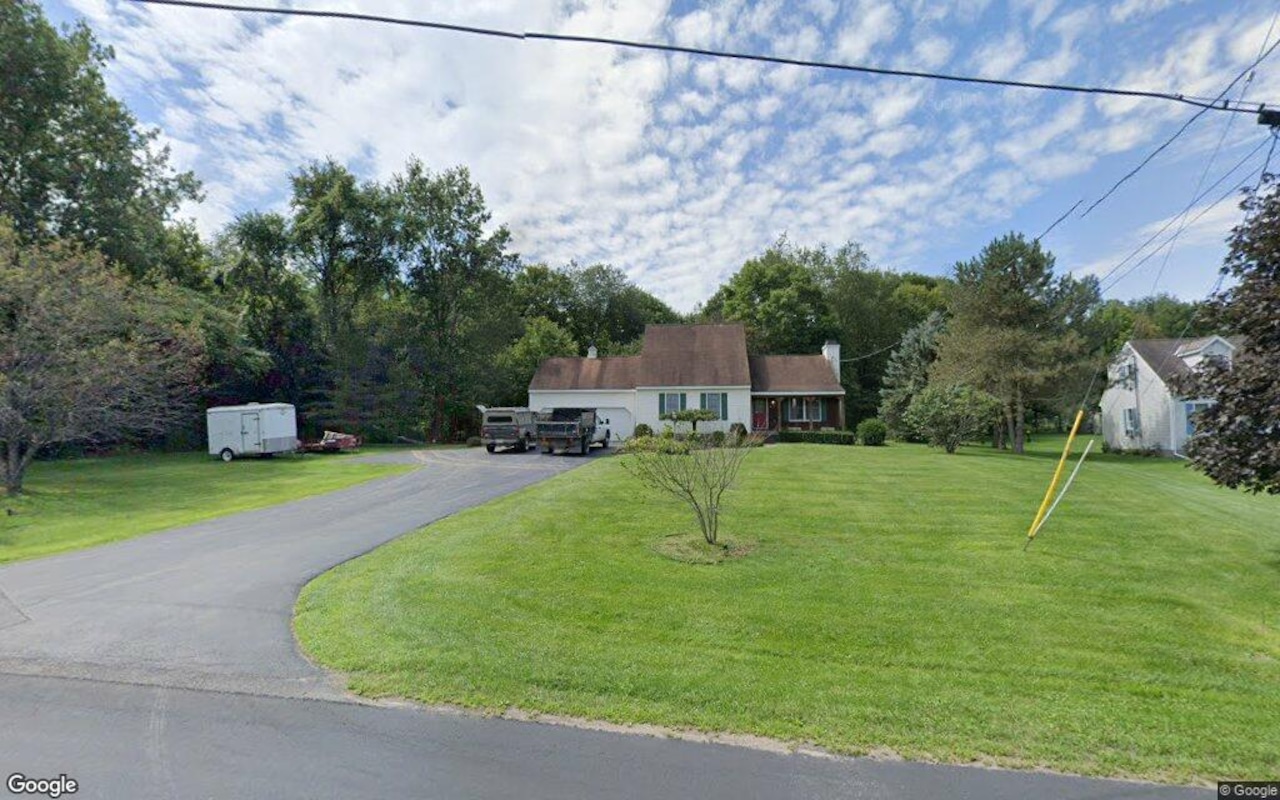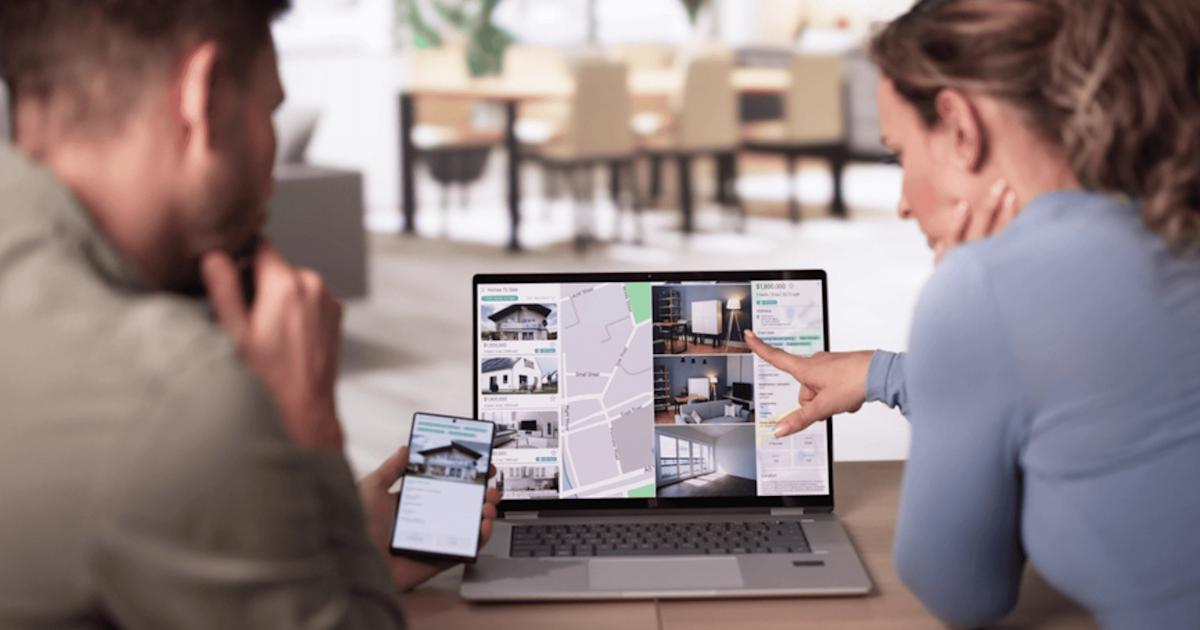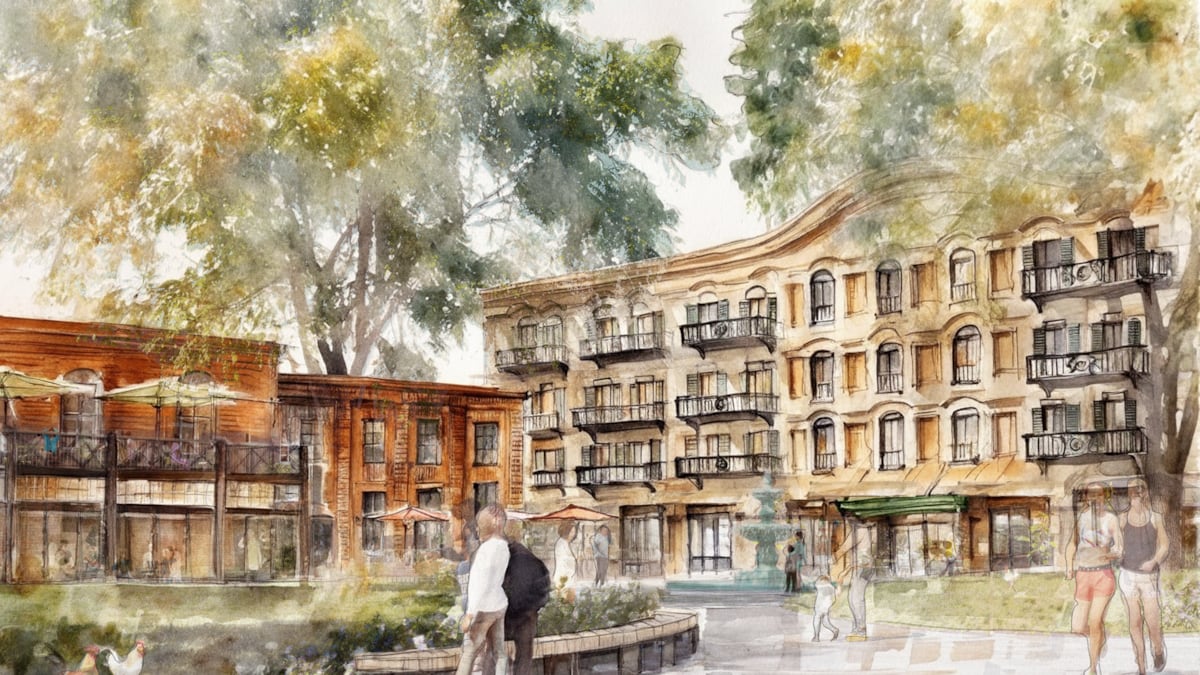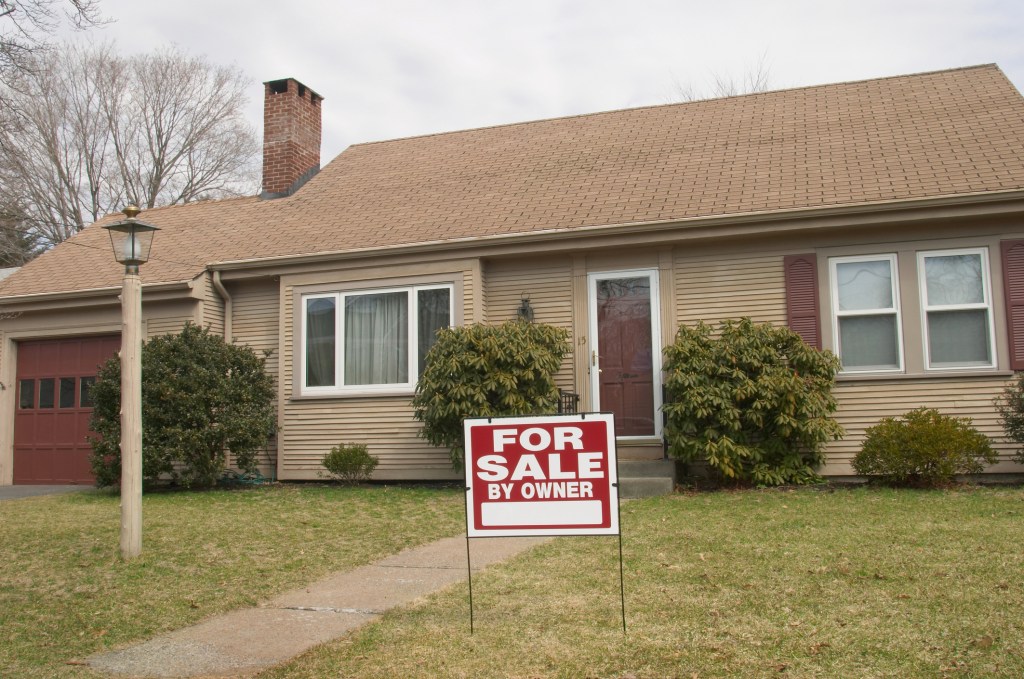D
owntown commercial real estate vacancies have become a pressing issue in Kentucky cities, particularly after the COVID-19 pandemic. The nationwide commercial real estate debt has reached $5.8 trillion, with $544.3 billion due in 2024, according to Trepp. This has led to a trend of converting commercial spaces into housing, which is in short supply as people move from rural areas to cities.
In Louisville and Lexington, the conversion trend is gaining momentum, but it faces a significant challenge: funding. Rebecca Fleishaker, executive director of the Louisville Downtown Partnership, notes that "money" is the main obstacle. The partnership is working with the city to revitalize downtown by attracting developers to convert vacant office buildings into residential units.
A study conducted by the Downtown Partnership identified areas where added residential units would be feasible and sustainable. The goal is to make downtown more attractive as a living space, not just a place for remote workers to commute from the suburbs. Louisville Mayor Craig Greenberg emphasizes that "we need to think of downtown as a neighborhood," which requires investment in repurposing vacant buildings.
One such project, the Starks Building conversion, has stalled due to financial concerns. However, progress is being made elsewhere. A $575,000 grant will help convert a former warehouse into retail space and housing for seniors. The Community Care Campus project, a 29-unit shelter for families facing homelessness, is also underway.
Jeff O'Brien, executive director of the Cabinet of Economic Development in Louisville, notes that the city received $100 million in state funds for six downtown redevelopment projects, including one involving housing conversion. Interest rates remain a hurdle for such projects, but O'Brien hopes that lower interest rates will help stimulate development.
In Lexington, The Vine is an example of a successful conversion project. A former office building is being transformed into luxury residential space with the option to rent out units as hotel space. Developer Jeremy Delk's project includes a semi-private club and retrofitted balconies.
Preserving historic buildings and converting them to modern uses is another approach cities are taking to address downtown vacancies. Developer Chad Needham has completed dozens of such projects, including the Greyline Station in Lexington, which features restaurants, shops, and office spaces.
Fleishaker believes that attracting residents requires not only more housing but also making downtown a desirable place to live. She notes that "if you build it, they will come," referring to the need for retail and amenities to support conversion projects. The city and Louisville Downtown Partnership are working to improve public spaces, including dog parks and walkable streets, to attract residents and visitors.
O'Brien believes that increasing downtown tourism, particularly from bourbon culture and conventions, will help revitalize the area. He notes that "we need to give people a reason to be downtown," which can be achieved through projects like Needham's and the expanded Louisville Stoneware complex.
